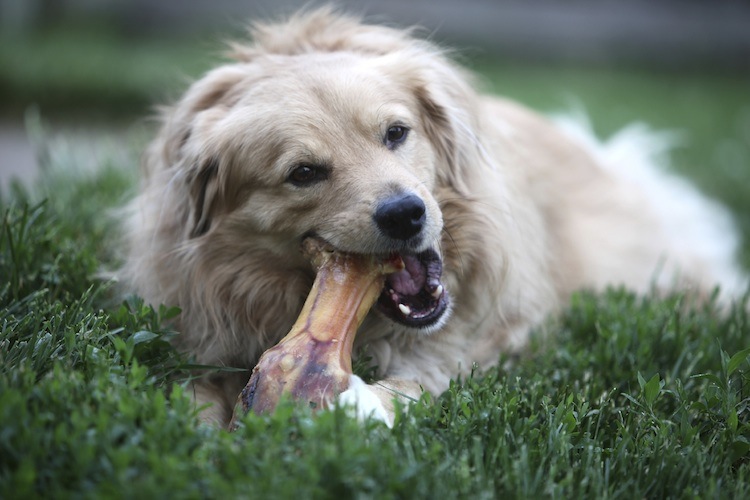Pet Nutrition and Health: How Quality Food Supports a Longer, Cancer-Free Life
Providing your pet with high-quality nutrition is one of the most important ways to support their overall health and reduce the risk of serious illnesses, including cancer. Poor-quality, highly processed pet foods can contribute to inflammation, obesity, and other health problems, creating the perfect environment for chronic diseases. At Kali’s Wish Cancer Foundation, we focus on education and guidance to give pet parents the tools and help they need to provide optimal pet cancer support.
Why Pet Nutrition Matters
Research shows that cancer is often linked to chronic inflammation. Inflammation is a natural response that helps the body heal, but poor diet can disrupt the balance of gut microorganisms, the immune system, and endocrine functions—leading to chronic inflammation. Ingredients to avoid include:
-
Simple carbohydrates
-
Processed grains (rice, corn)
-
High-fructose fruits
-
Foods with artificial additives and preservatives
Feeding pets a diet rich in high-quality proteins and whole foods can support a strong immune system and overall health.
High-Quality Kibble vs. Raw Diet
Choosing High-Quality Kibble:
-
Look for named animal protein sources first on the ingredient panel (e.g., beef, chicken, turkey, lamb)
-
Avoid vague ingredients like “meat” or “animal”
-
Meals (e.g., chicken meal) indicate concentrated protein with water removed
-
Include small amounts of organic vegetables or fruits
-
Avoid artificial colours, flavours, sweeteners, and harmful preservatives (BHT, BHA, ethoxyquin)
-
Prefer pet foods preserved with natural tocopherols (Vitamin E)
Considering Raw or Home-Made Diets:
-
Use high-quality protein sources: chicken, beef, turkey, organ meats, and ground bones
-
Include low-glycemic, plant-based whole foods in small amounts
-
Ensure proper food safety: thaw frozen raw food in the fridge, use clean utensils, serve correct portions, wash hands thoroughly, and clean surfaces after preparation
-
Choose reputable commercial raw food brands with strong sourcing and safety protocols
Tips for Pet Cancer Support Through Nutrition
-
Feed a diet appropriate for your pet’s age, weight, and activity level
-
Avoid processed foods and toxic additives that contribute to inflammation and disease
-
Pair nutrition with regular veterinary checkups for early detection of health issues
-
Educate yourself about your pet’s unique dietary needs with guidance from experts, including Kali’s Wish Cancer Foundation
Providing optimal pet nutrition isn’t just about feeding your pet—it’s a critical form of pet cancer support that can help prevent illness, reduce inflammation, and support a long, happy life.
Learn more about pet cancer and the supports available. Visit our Health Hub.

